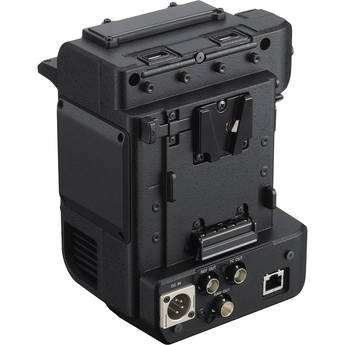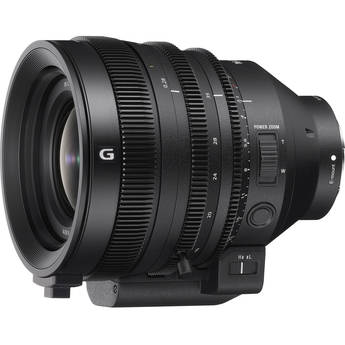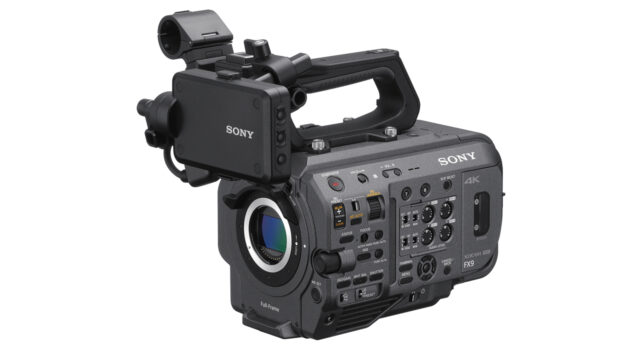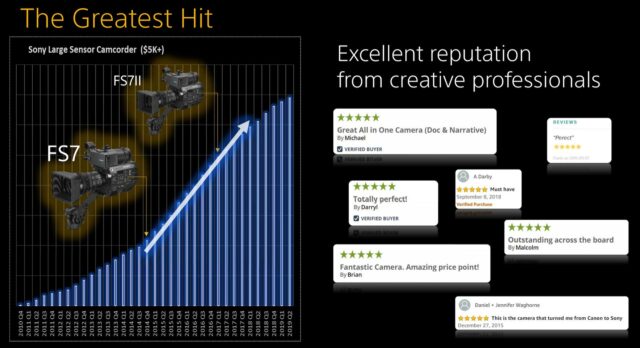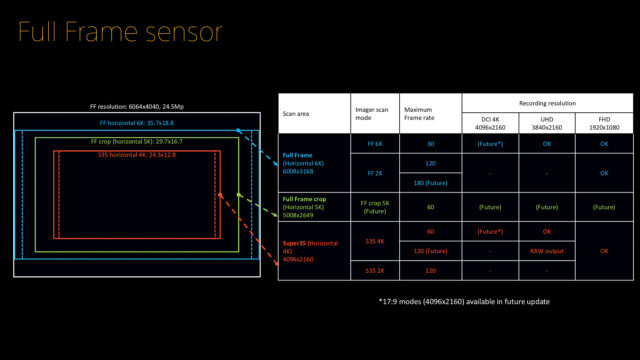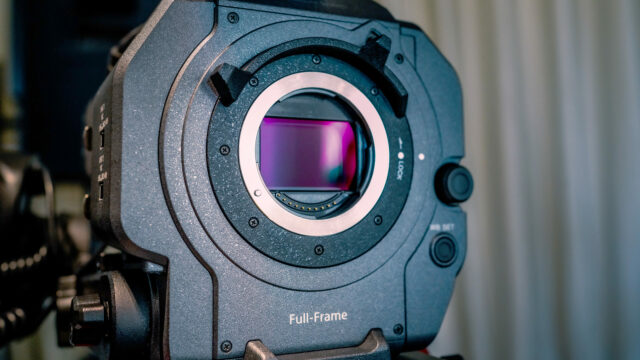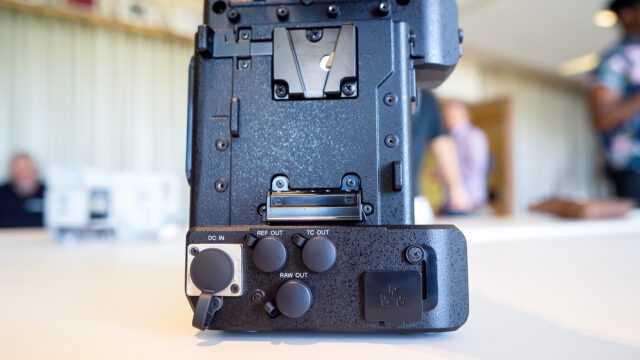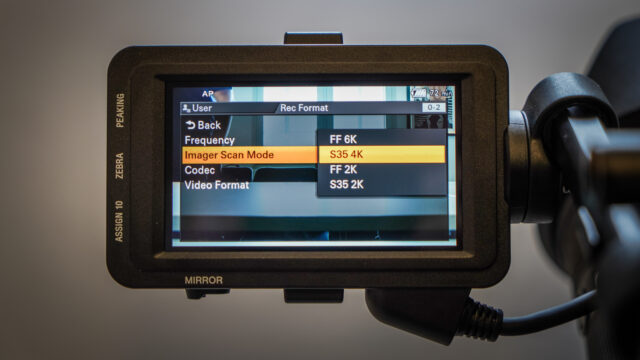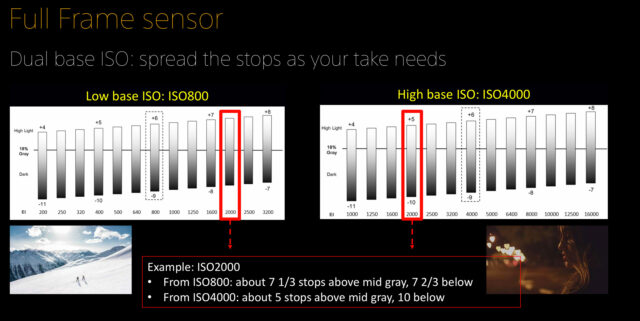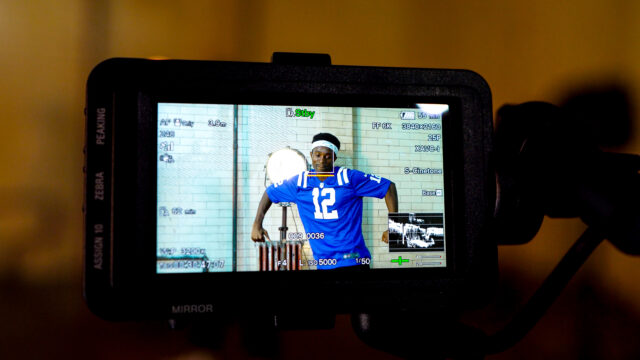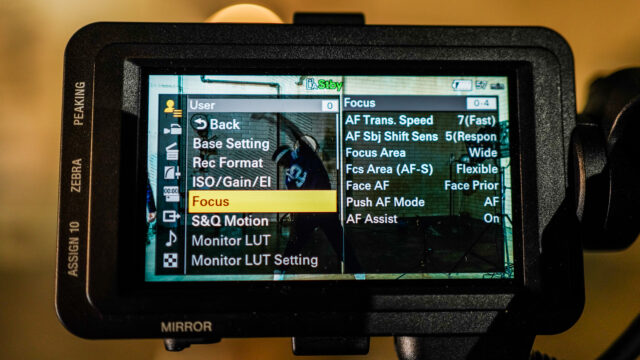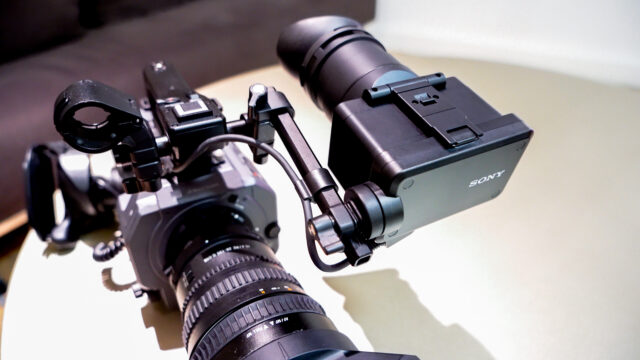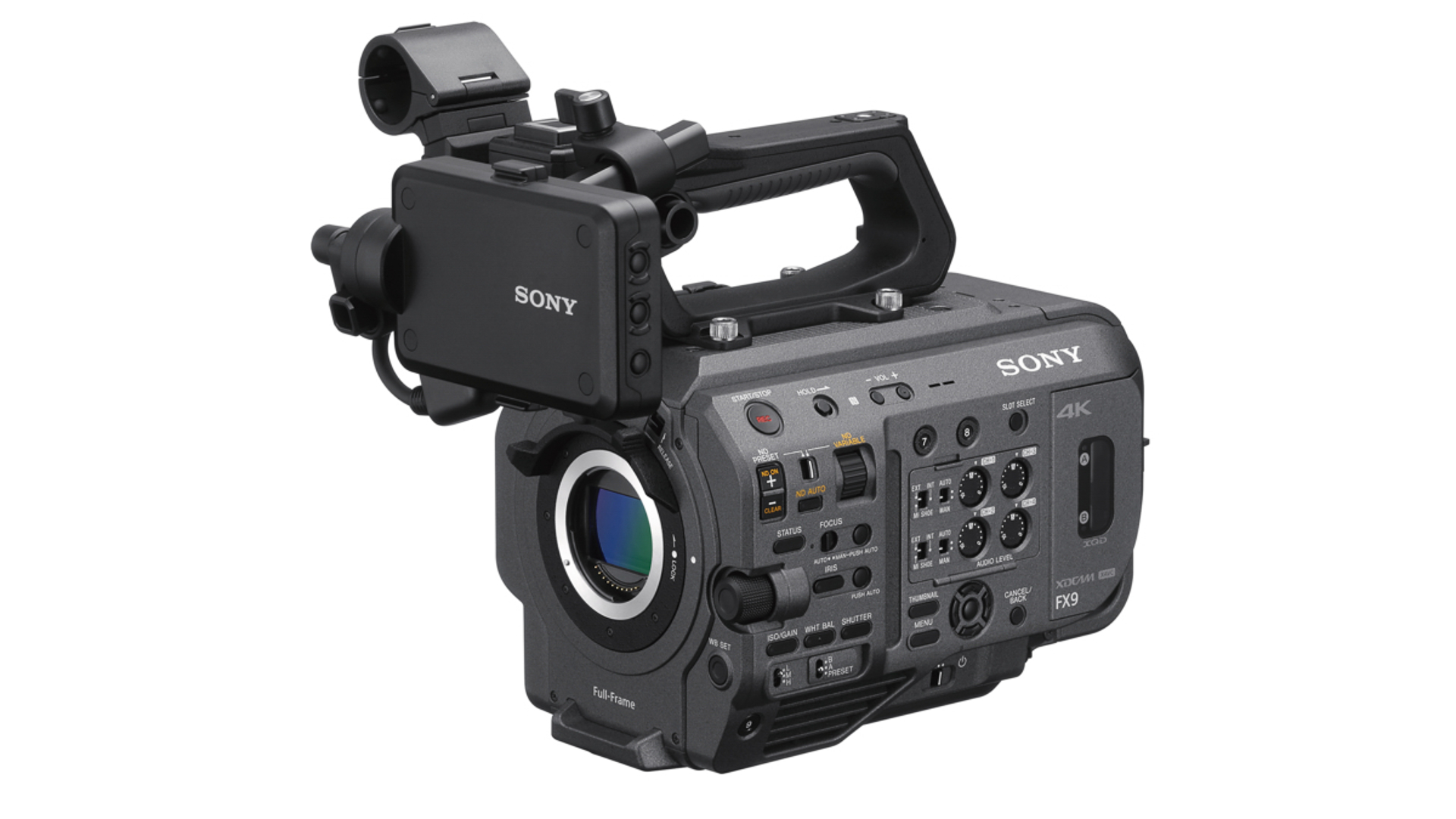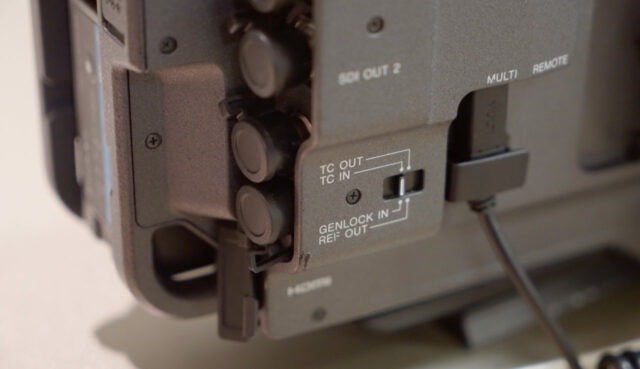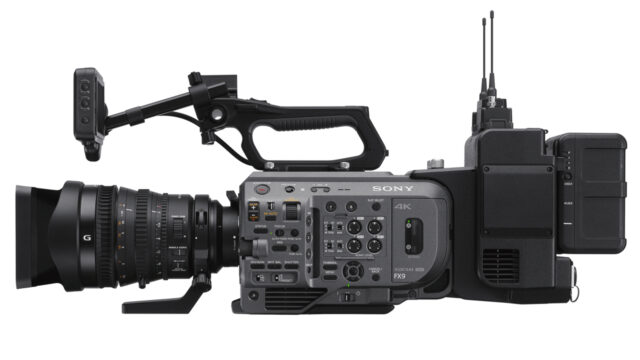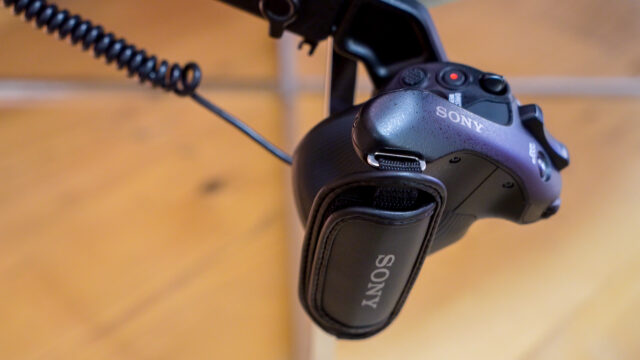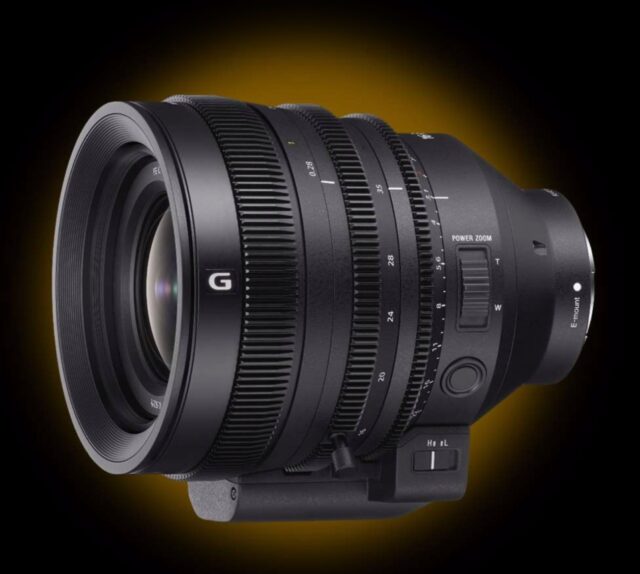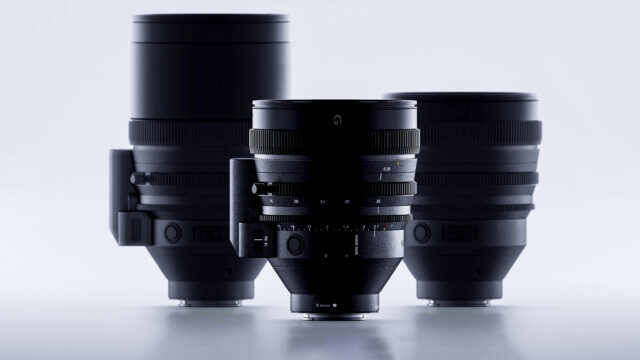Sony FX9 Announced – Full-Frame, Fast Hybrid Autofocus, Dual ISO Camera
Sony just officially presented the new Sony FX9 camera, a new full frame, fast hybrid autofocus, Dual-base-ISO lowlight capable camera.
Alongside a handful of respected industry colleagues and friends, I was lucky enough to be invited to a hands-on shooting with the camera in London recently.
Watch our exclusive hands-on and footage from the FX9 here:
In London, I also shot an interview about the FX9 with one of their head developers on the camera, Sony Senior System Design Engineer Yasua Ueda-san, which you can see above.
Sony FX9 – Based on the FS7’s Success
Like for many other shooters who shoot a lot of “cinematic” looking documentary and corporate content, the Sony FS7 has been my main camera for the past 5 years. Actually, I bought a second one a few years after the first one, because there was so much demand on shoots. The FS7 has gone everywhere and at least here in Europe, it’s by far the most widely used Super35mm cinema camera. Sony once claimed that it also is the most sold Super35 camera of all time.
There was only a small update to the FS7 Mark II, which really only brought the upgrade to the variable ND filter. Other than that, Sony enjoyed the success of the FS7 for 5 full years. So it really was time for something new.
The Sony FX9 really builds on the FS7’s success. You could call it an FS7 on steroids.
Since the Canon 5D Mark II came along 11 years ago – and shortly after, cinema5D was started as a site supporting filmmakers shooting with DSLRs and the like – everyone fell in love with shooting on a 35mm full frame photo sensor. It took a long time, but finally we are getting professional filmmaking cameras with full frame sensors instead of Super35. Sony already has the VENICE, with a 3:2 full frame sensor, and now the lower-end FX9 with a 17:9 full frame sensor.
Sony FX9 – Downsampling 6K Sensor to Record 4K
The Sony FX9 has a 6K sensor, yet you can’t actually record 6K, only 4K. It’s downsampling 6K to record a “very crisp” 4K. Sony told us that this still gives them increased sensitivity with the bigger photosites, and also allows for having a great autofocus capability, which I will talk about later.
Dual ISO 800 and 4000, New EXMOR R Sensor
It’s a new sensor called EXMOR R, and it’s not the same as the Venice sensor. It shares the dual base ISO from the VENICE though, at 800 and 4000 ISO. Sony claims that the sensor has 15+ stops of dynamic range – from our lab tests we know that the number a manufacturer claims is very theoretical, so we will try to verify this in our lab when the camera arrives for extensive testing (so far, we haven’t seen any camera in our lab that actually has 15 stops of usable dynamic range or more, yet the FS7 showed a good result.)
Same FS7 Codecs, 16-bit RAW Output with XDCA-FX9 Unit
The camera has the same codecs are the FS7 – XAVC-Intra in 10-bit 4:2:2 in up to 4K. There will again be an Extension Unit for the FX9, this time called XDCA-FX9, which will add RAW output with up to 16-bit. The XDCA unit now also has D-Tap, DC Hirose 4-pin output, Ethernet as well as DWX slot-in type audio on top of all the other connectors that were already in the old version – including of course the ability to use V-Mount batteries.
The 16-bit RAW output is via one cable again, however Sony right now only announced 4K RAW output. When asking the developers, they said that they are considering enabling 6K RAW output in the future. With all the recent competition from Canon (C500 Mark II) and Panasonic (EVA-1 and S1H), I really think they have to add this option.
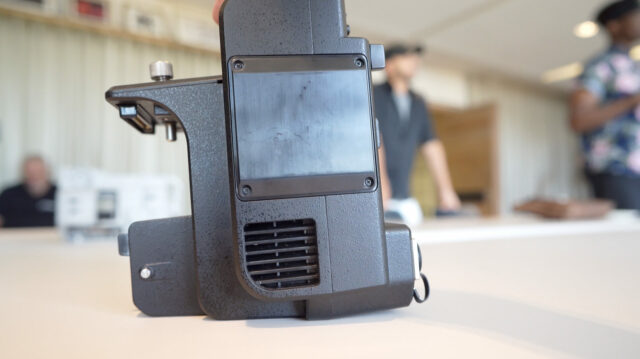
The Extension Unit became “fatter” because of the slot-in audio module space – here the XDCA-FX9 from the side
The XDCA-FX9 Unit also adds 10bit S35 4K 120p output to the camera. To our knowledge, there are no recorders out there yet which can record these modes – though Sony said that they are currently talking to Atomos about development of a potentially new recorder to enable these functions.
Only 16:9 Aspect Ratios at Start, Full Frame Crop Modes & High-Speed
From the start, the camera has only 16:9 aspect ratios built-in – UHD 4K and 1080p. 4K DCI and 2K DCI and a 5K crop mode (which will also downsample to 4K) will be added with a firmware update in the future.
It can shoot 6K full frame up to 30p (but recorded only in 4K), full frame 5K crop with up to 60p, and Super35 crop 60p. Through an update later on, this will increase to 120p. I expect that eventually the camera will have the same high frame rates as the FS7, at least in Super35 crop, which is up to 180fps (in NTSC mode, 150fps in PAL mode).
In the video above, you can see some test clips from the full frame 6K mode downsampled to 4K, the full frame 1080p mode, the S35 crop in 4K and the S35 crop in 1080p. You can see that there is still significant moire in the S35 crop 1080p mode, but Sony assured me it’s just because all these modes are NOT finalized yet. We of course shot only with a pre-production model (as the camera will only be shipped in December).
VENICE Color Science: S-Cinetone
All the footage you see was shot in a new picture profile called S-Cinetone, which is aimed to reproduce skin tones nicely. They first introduced this great new color science with the VENICE, and something similar was put into the FS5 Mark II. Finally, the out-of-the-box skin tones from a Sony camera look stunning. What’s great is that the image still seems to retain a huge latitude. I can see this becoming a standard for a lot of TV work where there’s often not enough time to do proper grading.
Increased Low Light Sensitivity from Dual ISO
Apart from the full frame look which of course also brings the possibility of shallower depth of field and “wider” shots, the dual ISO of 800 and 4000 is the great innovation with the Sony FX9 over the FS7.
The FS7 was decent in low light but not great with high ISOs – the FX9 completely changes that. When switching to the Base Hi ISO of 4000, ISO can be ramped up to 12,800. And while the image is not completely noise-free, it’s absolutely still usable for most purposes. Finally, we have a Sony F-series camera that is comparable to the low-light abilities of the Alpha series, especially the a7S II (and who knows when we will finally see a successor to that one!)
Electronic Variable ND – First Time in Full Frame Camera
The Sony FX9 is the first camera to have an electronic variable ND filter on a full frame sensor with all the benefits we already know from the FS5 and FS7 II.
No IBIS, but Gyro Metadata for Stabilization in Post
The camera does not have IBIS, the mechanical in-body image stabilisation, because it seems like this impossible to combine with a build-in ND filter. However, the camera has a gyro and records movements as metadata that’s saved into the clips. This metadata can be used to stabilize the footage electronically using Sony’s own Catalyst software. They are also working with the producers of other editing platforms to support this metadata in the future.
Fast Hybrid Autofocus – Face Detection & Face Registration
And now let’s tackle one of the most exciting features – the Fast Hybrid AF. This is comparable to the Dual Pixel autofocus that Canon uses in their cinema cameras, and it also works really, really well in the Sony FX9.
It’s not only contrast based like before in the FS7, which didn’t have a great autofocus at all – it also uses phase detection in addition. That means that the response is fast and smooth, and you can precisely track subjects.
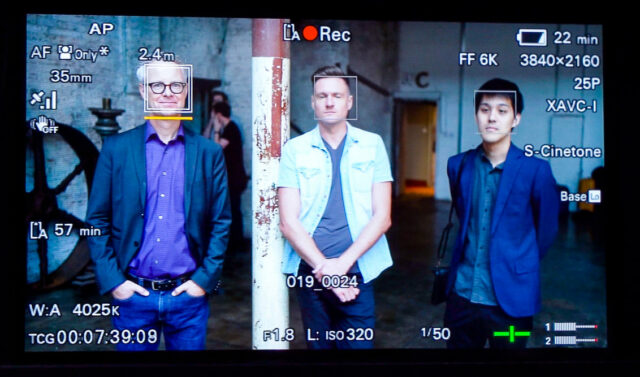
Rectangular double square around a face means “Face Registered”, and becomes the primary face for focus tracking.
What’s particularly impressive is the Face detection autofocus. It automatically “sees” all the faces in your shots, and with Face Registration, you can even select one face and the camera will remain locked on the face as much as possible. What’s impressive is that it even seems to stay locked on when the face briefly leaves the shot.
In some of the tests I did, I made it really hard for the autofocus as I was shooting mostly at f/1.8 with the new Sony 35mm lens, and to my surprise, it worked remarkably well 90% of the time.
To all the naysayers who say that autofocus has no place in the cinema world – the times are really changing. This doesn’t mean that they will replace cinema lenses and focus pullers anytime soon, because autofocus can never be perfect and “think” like a focus puller, but we see where technology is moving with this.
Similar Screen but 720p, No Touch Screen
What’s a little bit cumbersome is the fact that the FX9 still comes with a similar screen as the FS7, which is not a touch screen. Now it’s at least 720p resolution, which means it’s sharper than before, but trying to quickly select a face from a range of faces with the joystick on the handle is cumbersome. It would have been great if Sony had introduced a proper touchscreen for the camera, like Canon has with the C500 Mark II.
Lever-Lock Type E-Mount
Let’s take a quick look at the outside of the camera. Talking about the sensor, the mount is a lever lock-type E-mount. I am not a huge fan of this design as you always need to put your camera on a tripod to replace lenses, otherwise you will drop it, because you need both hands on the mount.
Yet it’s great that they were able to implement this mount with a full frame sensor – with all the advantages of the E-Mount, which allows you to adapt virtually any existing lens with an adapter due to the short flange distance.
Timecode and Genlock Ports Built Into Main Sony FX9 Body
A nice welcome addition to the internal ports of the FX9 is the inclusion of timecode and Genlock ports in the body of the camera itself. That means we don’t necessarily need the XDCA unit for timecode anymore.
WiFi Camera Control & Image Transmission with Smartphone App
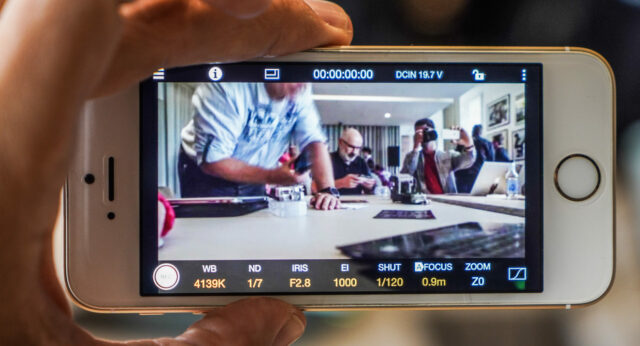
Working prototype version of the camera control app for the Sony FX9. Live streaming of video with approx. 1 sec delay.
The FX9 has WIFI image transmission built right into the camera – that means you can use your smartphone with a dedicated app and watch the image with about 1 second delay. And you can control the camera functions with it too.
The interesting thing is that the layout of the camera controls in the app seems a lot more straightforward than how you can operate the camera via its built-in screen. If they ever add a touch screen to the camera, they should simply look at the layout of their own smartphone app, which makes a lot of sense.
Sony FX9 Body – a Longer FS7, in Grey
The FX9 looks very similar to the FS7, just a bit longer, which also means that it works better on the shoulder out of the box. The final finish of the camera is grey – please note that in our testing, only 1 out of 4 prototypes had the final finish, the others were black, but this will not be the final look of the camera, it will only come in grey.
Same/Similar FS7 Loupe & Arm, New Grip Belt on Handle
Unfortunately, Sony decided to stick with the loupe design from the FS7 which isn’t great – it’s a bit too long to have it in the right position on your shoulder depending on the center of gravity of the camera with the lens you are using. Also, the handle is the same – would have loved to see Shape-style quick release buttons there. On the handle, they added a grip belt, which is nice – that means the camera will be more secure in your hand.
Buttons Galore – and 4 Audio Channel Controls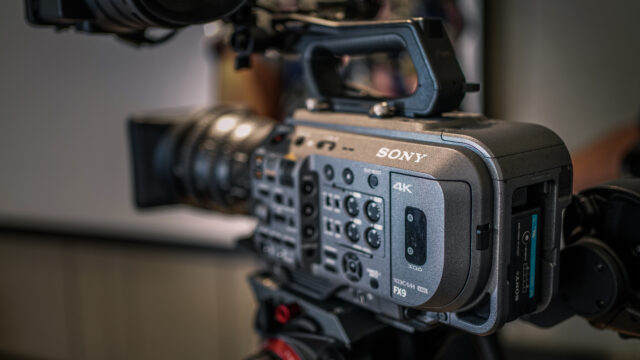
There are loads of buttons on the side – most noteworthy new addition over the FS7 are the two additional audio control wheels for channel 3 and 4. By default, this is the internal microphone, but you can, like before, control the audio through the smart hot shoe. It’s compatible with the new series of UWP-D audio receivers from Sony (like the a7 R IV) which also maintains a full digital transmission of the audio signal throughout the entire chain, which results in improved sound quality. The new series of UWP-D devices from Sony are supposed to start shipping soon.
New Cinema Lens Series for E-Mount – Starting with FE C 16-35mm T3.1 G
In addition to the camera itself, Sony announced a new Cinema Lens Series for E-Mount which is supposed to combine the precise manual focusing from cinema lenses with the advanced autofocus capabilities of the new camera. The first lens will be a 16-35 T3.1 lens, which will be release in spring next year.
At the event, they also teased longer zoom lenses in the Cinema Lens Series, so more new additions can be expected in this new series in the coming years.
Sony FE PZ 28-135mm f/4 on the Sony FX9, Kit Lens Option
It’s also noteworthy to add that the existing 28-135mm f/4 zoom, which Sony introduced a couple of years ago with the FS7, is a much more versatile lens on the FX9, because it’s zoom lens that covers the entire full frame sensor. 28mm on the wide end of the lens are relatively wide on a full frame camera, which means that it could serve as an “always-on” zoom lens on the Sony FX9. Probably for that reason, Sony will sell the FX9 also in a kit with that lens.
Conclusion – Sony FX9 is the FS7 on Steroids
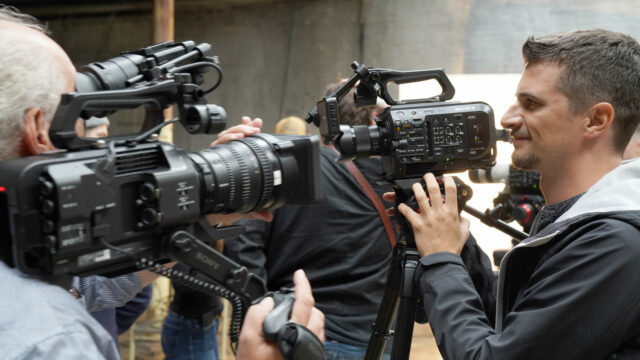
Playing with a black prototype of the Sony FX9. Please note that the final version of the camera will only ship in grey.
So to summarise, Sony say that their FX9 is not a successor to the FS7, but it surely feels like one. They took the FS7 as a basis and pumped it up as much as possible. At a suggested retail price of 11,000 Euros and starting to ship in December, I am sure it will be successful in the market, and the 4000 Euro difference to the C500 Mark II will forgive the fact that Sony could have been more bold in redesigning the concept that’s still very much based on the FS7. And let’s hope they will add 6K output in one way or another.
Nevertheless, the incredible autofocus is really ready for professional productions, and combined with the great look of a full frame sensor with S-Cinetone colors, the Sony FX9 will find a lot of fans in many productions around the world. If they can recreate the hype around the FS7 remains to be seen.
What do you think about the new Sony FX9? Are you an FS7 owner thinking about upgrading? Let us know your thoughts in the comments below!


